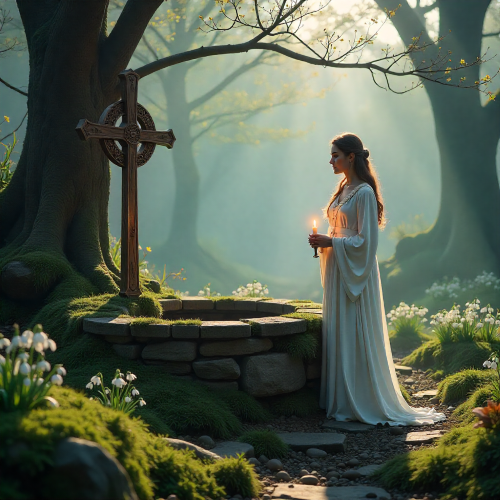Thalapathi (1991)
| Description | |
|---|---|
| Country of Origin | India |
| Language | Tamil |
| Genre | Drama |
| Cast | Rajinikanth, Mammootty, Aravind Swami |
| Directed by | Mani Ratnam |

Thalapathi (1991), directed by Mani Ratnam, is a film that masterfully intertwines mythological themes with contemporary storytelling, drawing heavily from the Indian epic, the Mahabharata. At its core, Thalapathi is more than just a tale of friendship, loyalty, and justice—it is a cinematic reinterpretation of the legendary bond between Karna and Duryodhana, reimagined against the gritty backdrop of urban conflict and social injustice.
Rajinikanth’s character, Surya, mirrors Karna in both origin and personality. Abandoned at birth and raised by a humble foster mother, Surya grows up with an unshakable moral code, fierce loyalty, and a deep yearning for identity and belonging. The parallels with Karna’s mythological story are striking—both are children of divine origin (Surya is literally named after the sun god, just as Karna was born of Surya and Kunti), both are raised by foster families unaware of their true lineage, and both are men of great valor whose loyalty ultimately leads them into moral conflict.
Mammootty’s portrayal of Deva, a local don with a strict sense of justice, channels the character of Duryodhana. Unlike the traditional villainous depiction of Duryodhana in many retellings, Thalapathi offers a more nuanced interpretation. Deva is portrayed not as an evil antagonist, but as a flawed, proud, yet principled man who finds in Surya not just a warrior but a soulmate in ideology. The film reinterprets their relationship as a deep, mutual bond forged through shared ideals rather than political convenience, echoing the kind of devotion and respect that Duryodhana had for Karna in the epic.
The mythological subtext extends beyond characters into the narrative arc. Surya’s loyalty to Deva ultimately pits him against his own biological family—specifically his mother Kalyani and half-brother Arjun, an upstanding district collector—recreating the epic tension where Karna unknowingly opposes his brothers in battle due to his allegiance to Duryodhana. Kalyani, played by Srividya, is a Kunti figure, burdened by the guilt of abandoning her son and later discovering his identity too late to change his fate. The emotional climax between mother and son is steeped in the same tragic inevitability that characterizes the Mahabharata—the knowledge that destiny, once set in motion, cannot be unraveled without cost.
One of Mani Ratnam’s finest achievements in Thalapathi is his ability to transpose mythological archetypes into a realistic setting without making them feel forced. The city, rife with corruption and moral ambiguity, becomes the modern Kurukshetra—a battlefield not of armies, but of ideologies. The script doesn’t simply recreate the Mahabharata; it filters it through the lens of modern socio-political struggle, making its themes accessible and resonant to contemporary audiences.
Ilaiyaraaja’s music further accentuates the mythic undertones, especially in the theme motifs used for Surya. The score lends a spiritual and epic quality to his character, reinforcing the idea that he is a man shaped by divine forces and destined for a tragic path. The cinematography, with its stark lighting and dramatic contrasts, often frames Surya in heroic or symbolic compositions, elevating his presence to that of an epic hero caught in the tide of fate.
In all, Thalapathi is a richly layered film that uses mythology not just as inspiration but as an integral framework. Its exploration of fate, honor, loyalty, and moral ambiguity echoes the timelessness of the Mahabharata, while Rajinikanth and Mammootty’s performances breathe new life into its iconic characters. By embedding these mythological elements within a contemporary narrative, Mani Ratnam crafts a film that is both deeply rooted in cultural memory and boldly cinematic in execution. Thalapathi remains one of Indian cinema’s most intelligent mythological reinterpretations, a poignant reminder that the epics continue to live on in new forms, speaking to new generations.




